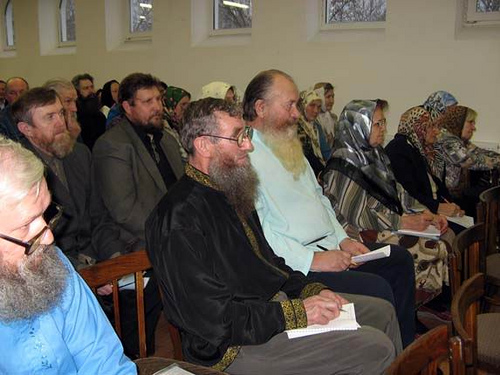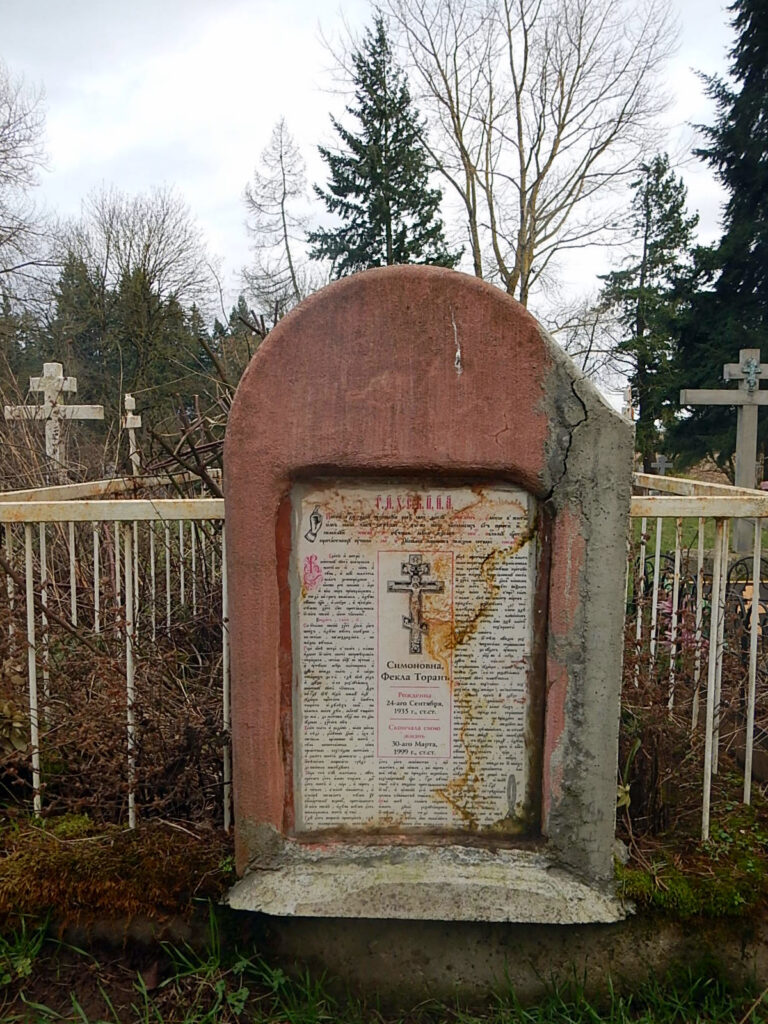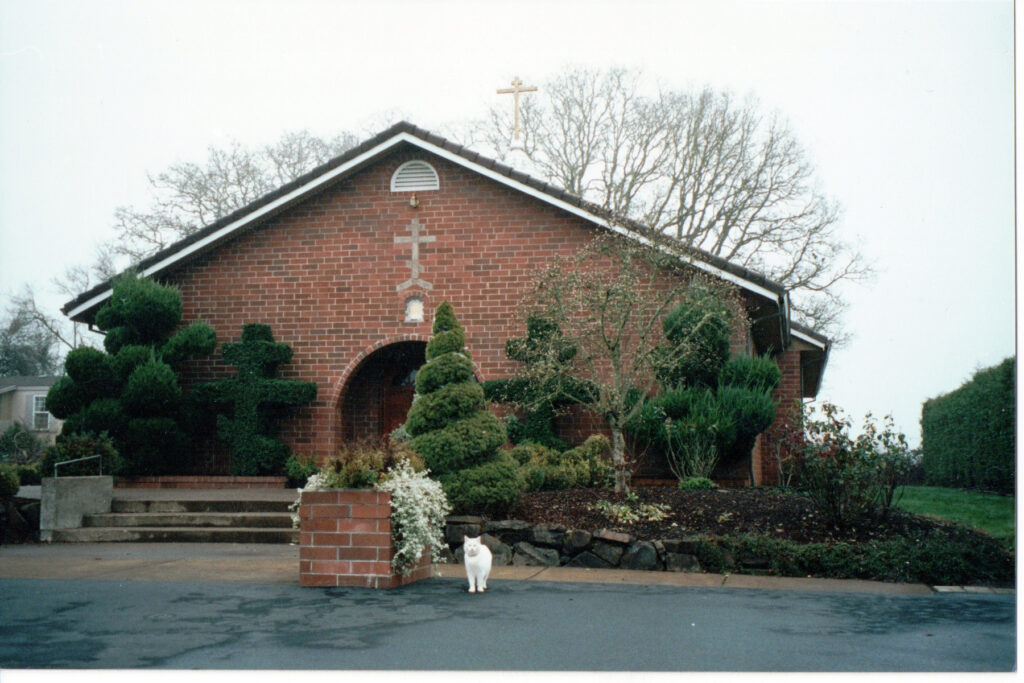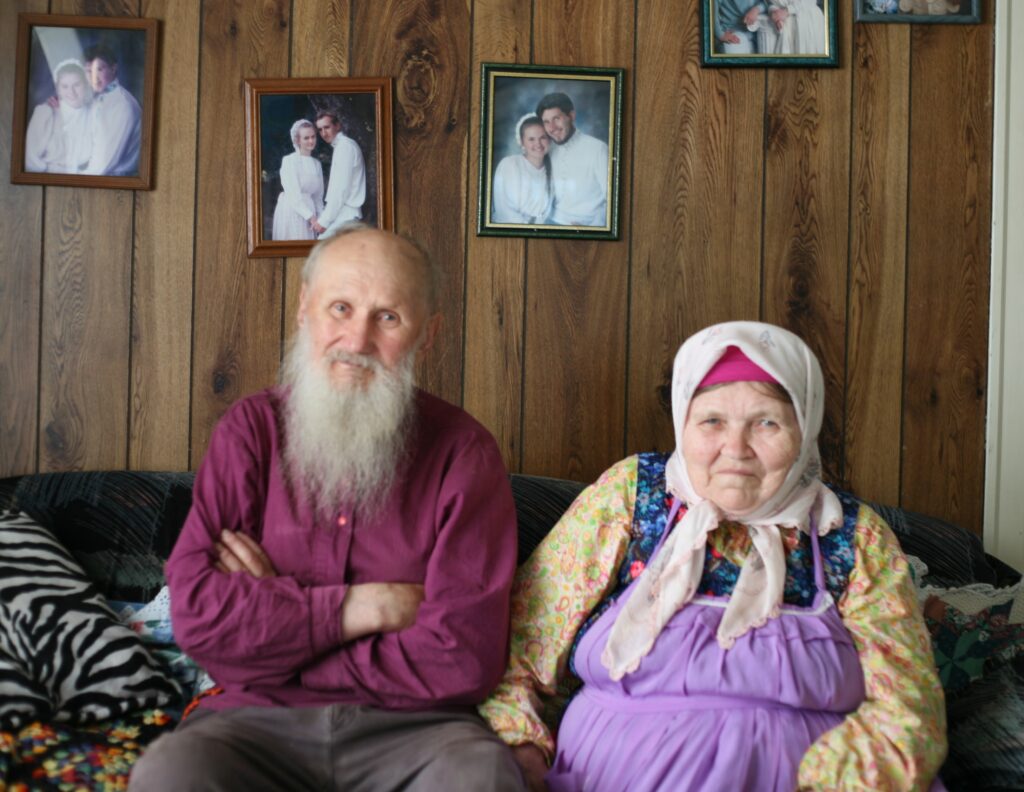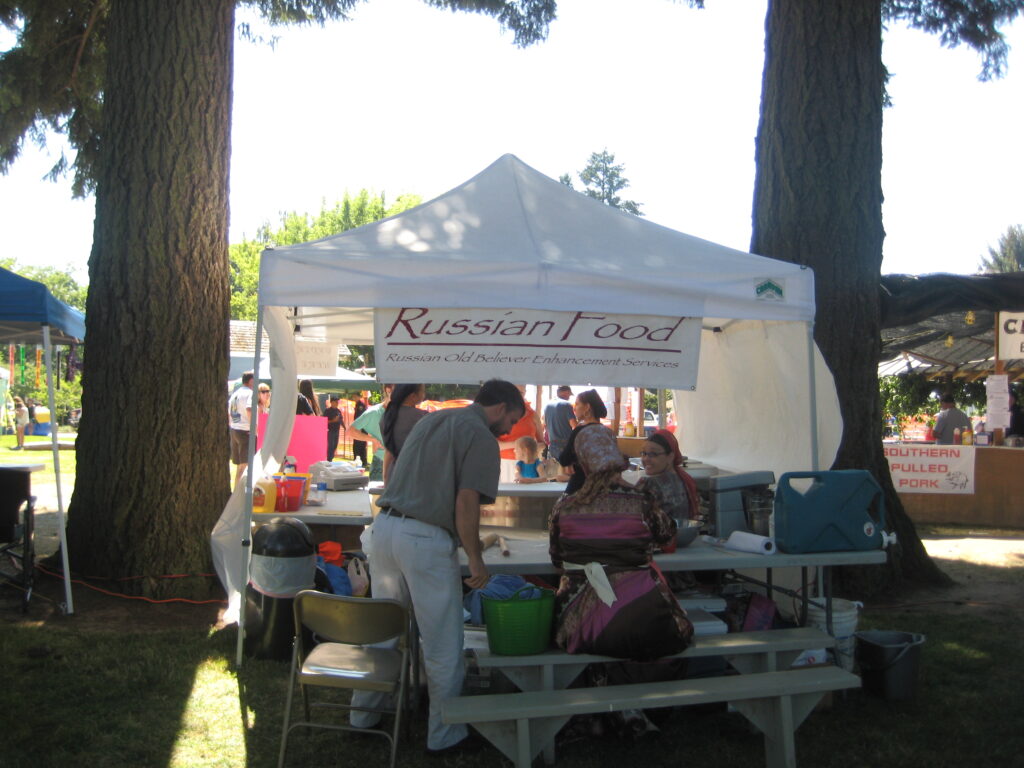Old Believers
by Richard Morris, Tamara Morris, Tatiana Osipovich
BACKGROUND
The Russian Orthodox Old Believers (starovery) who now live in the Willamette Valley of Oregon are descendants of medieval Russians who refused to adopt the mid-17th century church reforms as promoted by Tsar Alexei Mikhailovich Romanov and implemented by Patriarch Nikon of Moscow. The reforms made numerous changes to church rituals. A large part of the population considered the changed rituals sacrilegious. Therefore, the Old Believers are also referred to as Old Ritualists (staroobryadtsy).
There were some 12 major changes to the rituals. The traditional two-fingered method of crossing oneself – a frequent action when praying – became an unchanging symbol of the Old Rite. The reforms changed it to a three-fingered method of crossing oneself. Modifications to the ecclesiastical texts of Holy Books were a part of the reforms as well.
Those who refused to adopt the reforms broke away from the official church. For this they were subject to persecution. In the following years, many fled from the center of Russia to remote areas of the country in all directions and beyond its borders. They built villages in the isolated areas and continued to worship in the pre-reform way, i.e., by the Old Rite.
In 1905, Tsar Nicholas II’s Manifest of Religious Tolerance officially freed Old Believers from many state restrictions and from persecution. However, this temporary easing of restrictions was followed in 1917 by the Russian Revolution and an atheistic Communist government, which persecuted all religions. As their villages were overtaken by the Communist cadres, Old Believers once again fled to preserve their religious way of life.
Those in the Urals and Siberia fled to neighboring Sinkiang, China. Those in eastern Siberia and the Russian Far East crossed the Amur River into various areas of Manchuria, China. In China they acquired land, built prayer halls and homes to form separate villages. They carried on a self-sustaining lifestyle by farming, bee-keeping, hunting and fishing. They continued to speak their dialects of Russian.
In the last days of World War II, Russia entered the war against Japan and invaded western China, overrunning the demoralized and defeated Japanese military in Manchuria. In doing so, Soviet forces encountered, to their surprise, Russian Old Believer villages. Many of the Old Believer men were taken back to Russia and imprisoned. Those who stayed found their way of life drastically changed and sought ways to leave China.
DEPARTURE OF OLD BELIEVERS FROM CHINA
The Red Cross and World Council of Churches, a global organization of Christian churches, learned of the Old Believers’ plight and came to their aid, helping them gather in Hong Kong and prepare for resettlement in Western countries. Those from Manchuria and some from Sinkiang went to Brazil. Others from Sinkiang went to Argentina and a few went to Australia. The receiving countries offered them refugee assistance, including land, equipment, building materials and food.
One group aboard a ship stopped for a few days in Los Angeles, California, which since 1905 had been the center of a large community of Russian Molokans, another group that had broken away from the Russian Orthodox Church centuries earlier. Having heard news of the arrival of “Russian Christians,” the Molokans rushed to the port and offered to host the Old Believers at their homes and prayer halls (Sobranie). In the process, addresses were exchanged.
Later, once settled in South America, the elders used these addresses to contact potential sponsors, and eventually came to Los Angeles, with recommendations to go north to Oregon. Molokans in Oregon agreed to advise them in settlement. Later on, the Sinkiang Old Believers in South America also joined the growing Old Believer community in Oregon.
Whole families of Old Believers from China went immediately to work in Oregon’s berry fields to earn money to pay back the cost of their airline tickets from South America. Families worked hard to purchase a farm. Others banded in groups to plant trees and thin the woods for timber companies. Other Old Believers found work in furniture and sewing factories, the men as skilled carpenters and the women as skilled seamstresses.
THE GROUP OF OLD BELIEVERS FROM TURKEY
Quite apart from the events related above, another, smaller group of Russian Old Believers, descended from Old Believers who had fled to the Don River region of southern Russia in the wake of Patriarch Nikon’s reforms, joined and participated in the Bulavin Rebellion of 1707-1709, a failed revolt against tsarist rule. After the defeat, Ignat Nekrasov, a leader or “ataman” of the rebellious Cossacks, led the survivors to the Kuban region of southern Russia. One group of them continued on to present-day Turkey. Another went to the Danube river delta in Romania and later to Turkey. The groups settled in two separate villages.
Much later, by the mid-20th century, the Old Believers in Turkey were living under difficult conditions, having run out of eligible marriage partners and living on insufficient land. Moreover, at this time, Turkey had a serious conflict with Greece and began persecuting its Christian minority. In short, the Old Believers were desperate to leave Turkey.
Approximately 1,000 of them from the two villages were persuaded to return to the Soviet Union, where they settled in the Stavropol region. A smaller group of 173 Old Believers refused to join them. The U.S. Government (with the personal help of Bobby Kennedy, it is said) provided two aircraft to bring them to the Alexandra Tolstoy settlements in New Jersey.
SETTLEMENT IN OREGON
When the Old Believers from Turkey heard of other Old Believers living in Oregon, they sent a small delegation to visit. Elders of the three groups observed how each of the others conducted services and noticed only insignificant differences. The Turkish group then moved to Oregon and purchased a 40-acre parcel of land that was divided and sold to individuals. They began constructing a typical Russian-style village with homes on either side of a central street and a prayer hall in the center. It was named “Bethlehem,” but was more often called the “Turkish Village” and the members of the group were called “Turchany,” or Turks.
Members of the two groups from China, once they arrived in Oregon, were referred to in Oregon as the “Harbintsy” from Manchuria (the largest group), and the “Sinziantsy” from Sinkiang. They acquired homes in close proximity to each other in small towns, or purchased farms in the countryside when possible. However, these groups had no area resembling a unified village and the elders consistently complained of this.
THE OLD BELIEVER WAY OF LIFE
When Old Believers split from the Russian Orthodox Church in the 17th century, no bishops from the church joined them. Since there were no bishops to ordain new priests, many Old Believer communities became “priestless” (bezpopovtsy) and renounced the need for priests in their religious practice. Priestless Old Believers fractured further into various subgroups.
Those Old Believers who settled in Oregon were priestless, from the “chapel” (chasovennie) strain of the bezpopovtsy. Instead of convening in churches blessed by priests, they built or bought buildings for their prayer halls and elected a member to serve as the “pastor” (nastavnik or nastoyatel’). The Harbintsy and the Sinziansty had two prayer halls each, and the Turchany had one in the center of its village street. Services on Sundays and holy days, as well as weddings, take place in the prayer halls. The immediately subsequent celebrations take place in homes or on farms.
There are no accurate population figures of Old Believers in Oregon. It would be difficult to make a precise count as some occasionally move to other Old Believer communities and others move back. Marriages of members are often combined from different locations. Relatives are divided and mixed in distant areas. Nevertheless, unfounded estimates of around 10,000 were made in the 1990s, with unconfirmed numbers moving to and from new areas.
The Old Believer faith emphasizes “spiritual cleanliness” (dukhovnaya сhistota). This prohibits members of the faith from associating closely with non-Old Believers. This includes praying, eating, drinking and marriage and requires regular attendance at long religious services. There are four long fasts during the year (the Great Lenten Fast before Easter, the Peter and Paul Fast in June, the Dormition Fast in August, and the Christmas Fast, as well as most Wednesdays and Fridays). Animal products are forbidden during the fasts.
The appearance of Old Believers when they first arrived in Orgeon was distinct. They wore colorful, traditional Russian clothing, usually hand-sewn. Men’s tunic shirts had hand-embroidered collars, columns (stolbiki) and cuffs. Old Believer men continue to allow their beards to grow freely. The women must not cut their hair, which is worn as a single braid as a girl and, at marriage, tied in place under a cap and covered with a scarf (shashmura). A woman must never show her hair in public after marriage.
Old Believers have daily prayers in the morning, before and after meals, during significant activities and in the evening. Upon entering a home, a person prays before the icons inside. In addition to Sunday services, there are 44 holy days on the church calendar, of which 12 are greatly significant.
Priestless Old Rite services are characterized by long services read in Church Slavonic, an archaic version of Russian, by the pastor and other members of the congregation. The young are trained, usually by elders or older siblings, in reading the Church Slavonic alphabet and various holy books, and they finish their training by reading the Book of Psalms.
RELOCATIONS
In 1968, a group of four families from the Harbintsy group decided to resettle on Alaska’s Kenai Peninsula, motivated by the desire to seek a remote and isolated place to preserve their ways and keep their children within the Old Believer faith. With the help of the Tolstoy Foundation, they purchased a large plot of land near Anchor Point, Alaska, at an auction. They named their new village Nikolaevsk, after Saint Nicholas. The village grew as more Old Believers from Oregon came to Nikolaevsk.
The Old Believers in Alaska found jobs on local fishing boats and assisted local boat-builders. Soon they were able to build their own boats and qualify for fishing licenses, a lucrative occupation.
In the years that followed, a similar settlement was founded in Canada, northeast of Edmonton, Alberta. Other villages were established in various locations of Alaska as well.
SCHISMS AND CONFLICTS
The priesthood issue: In the early 1980s, a group of elders felt compelled to seek out a valid Old Believer priesthood. After searching in likely areas of the world, they concluded that the Belokrinitsa Metropolia, an Old Believer community in Braila, Romania, which had priests, was valid. The two Nastavniks of Alaska and Oregon, already fully knowledgeable in the Old Rite, traveled to Braila to learn the functions of a priest and receive the laying on of hands to become priests. Upon return to their respective homes, they, along with their congregations, built and blessed churches complete with altar and relics. The congregations of the churches were made up of a mix of members from all three of the original groups from China and Turkey.
Many of the priestless Old Believers objected to the acceptance of a priesthood. Some groups moved away to form new villages at a distance from the new church. New settlements appeared and grew in Minnesota, Washington state and Montana.
A doctrinal issue: Near the end of the 20th century, a conflict evolved among the priestless Old Believers over a doctrinal issue. It was related to the form of the fingers (perstoslozhenie) of the blessing hand (blagoslavlyaiushchaya desnitsa) on certain icons. Both sides are intent on preserving their own version of the validity of the religion. The resulting schism divided the congregations in the prayer halls, increasing the number of prayer halls from five to eleven.
MODIFICATIONS IN THE WAY OF LIFE
Education: Old Believers have traditionally been hard-working, chiefly laboring as farmers from youth. In the U.S., the young are required by law to attend public school, a non-Old Believer institution. The parents preferred, especially in the early days, to take their children out of school as soon as they could read and write in English and do arithmetic. The remainder of their education was to be from the holy books and diligent practical work.
With time, this attitude gave way in favor of more public education. Some young Old Believers finished high school and a few entered college. Most qualified for specialties in vocational schools. Today, the community boasts of a variety of successful businesses as well as farms.
Russian language: Maintaining the Russian language is a major desire of the elders. Many elderly women speak only Russian. The public schools have conducted a bilingual program in Russian and English with moderate success. Other private parties run schools, usually during the fasting periods. However, knowledge of Russian has disappeared among many members of the younger generation, much to the exasperation of the elders. English has become the dominant language of those less than 30 years of age. Young married couples become preoccupied with work, family and economic well-being in their host society. As their Russian language ability declines, their children lack a natural Russian-language environment.
Remaining “in union”: Many Old Believer families have lost one or more members from the faith due to either “outside” marriages or a lack of religious obedience. Those not “in union” can and sometimes do attend services, but they are required to stand in the rear alcove of the prayer hall and they cannot pray or eat at the same time with the faithful who are still “in union.”
Traditional clothing: Clothing styles have changed, although they remain distinctly Old Believer. The unique styles of the three original groups have blended into a single costume style without the traditional apron. Embroidery is less ornate and is no longer done by hand, but by automated sewing machines. However, the married women’s cap and cover, the shashmura, remains unchanged.
CONTINUANCE
Despite the pressures of assimilation, the services of Old Believer prayer halls and their church in Oregon are well attended, some 350 years after Patriarch Nikon’s reforms led the Old Believers to break away from the Russian Orthodox Church. Many members of the community, both old and young, observe the fasts. The majority of young people continue to prefer marriage partners who are also Old Believers. They marry in their prayer halls and conduct celebrations for two or three days of feasting and traditional festivities in well-decorated barns. They baptize their babies in the prayer hall and celebrate their name days with their relatives. They continue to train their young in Church Slavonic and honor their icons and their holy books. And, in their far-flung locations, their small population continues to grow.
Selected bibliography:
Brother Ambrose, A Short History of the Old Believer Communities in Oregon. 1979.
Columbia River Basin Ethnic History Archive. Washington State University, Vancouver, Wash.
Carrasco, Priscilla. Praise Old Believers. Burdock/Burn Art Resources, Inc.; 2003.
Colfer, A. Michael. Morality, Kindred and Ethnic Boundary: A Study of the Oregon Old Believers. New York, N.Y., 1985.
Digital Collection of documents about Old Believers in Oregon at Washington State University library here.
Morris, Richard A. Three Russian Old Believers Groups in Oregon: A Comparison of Boundaries in a Pluralistic Environment. Ph.D. thesis, University of Oregon, 1981.
“Old Believers in North America” (an annotated guide to materials about Russian Old Believers in North America), University of Oregon library, http://library.uoregon.edu/ec/oldbelievers/, compiled by Margaret McKibben, Univ. of Oregon Librarian, 2007. Scholarly monographs: http://library.uoregon.edu/ec/oldbelievers/scholmono.html
“Russian Old Believers,” documentary by Margaret Hixon, Portland, OR: Media Project, (29min.), 1981. (you can view a small episode from the film here: http://www.youtube.com/watch?v=yBy8QwNSaFk); teacher’s guide to accompany the film: http://www.folkstreams.net/context,292
Wigowsky, Paul John, Freedom for an Old Believer, iUniverse, Inc., 2010.
Russian language resources (ресурсы на русском языке):
Моррис, Ричард, «Где дом – там и родина», опубликовано на сайте: http://kitezh.onego.ru/vygoretsia/dom.html
Морис, Ричард, «Старообрядческие общины в Северной Америке», Гуманитарный симпозиум. Открытие и сообщаемость культур. М., Институт гуманитарного партнерства «Путь», 1988. С. 92–96.
Моррис, Р., Моррис (Юмсунова), Т. Б., «Свадебный обряд у старообрядцев Орегона», журн. Живая старина. М.,
2007. № 2, сс. 15–18.
Нитобург, Эдуард, «Русские религиозныесектанты и староверы в США», опубликовано на сайте: http://www.archipelag.ru/ru_mir/volni/religio_voln/sectarian/
Касаткина. Р. Ф. «Орегонские старообрядцы», журн. Живая старина, 2005. № 4. С. 51–54.
«Русские старообрядцы: язык, культура, история». Сб. статей к XIV Международному съезду славистов / Отв. ред.
Л. Л. Касаткин; Ин-т рус. яз. им. В. В. Виноградова РАН. – М.: Языки славянских культур, 2008.
Юмсунова (Моррис), Т. Б., «Современный язык староверов Орегона», Язык, книга и традиционная культура позднего русского средневековья в жизни своего времени, в науке, музейной и библиотечной работе XXI в.: Труды II Международной научной конференции (Москва, 30-31 октября 2009 г.) /[Отв. ред. И. В. Поздеева]. М., 2011 (Мир старообрядчества. Вып. 8). С. 328–346.
Дни в Романовке. Японские фотографии, запечатлевшие русское старообрядческое село в Маньчжурии на рубеже 1930-х – 1940-х годов, из собрания Приморского государственного объединенного музея имени В. К. Арсеньева во Владивостоке. М., Программа «Первая публикация», 2012.
368 с., ил.
Музыкальный проект «Русские староверы из штата Орегон» два диска: духовные и мирские песни, изд. Бомба-Питер, 2011. http://redstarmusic.ru/#/Artist_0a32f91b-bdd6-4e99-a0f1-b5d1d42cbb98.aspx (на этом сайте вы можете бесплатно прослушать некоторые песни орегонских староверов).
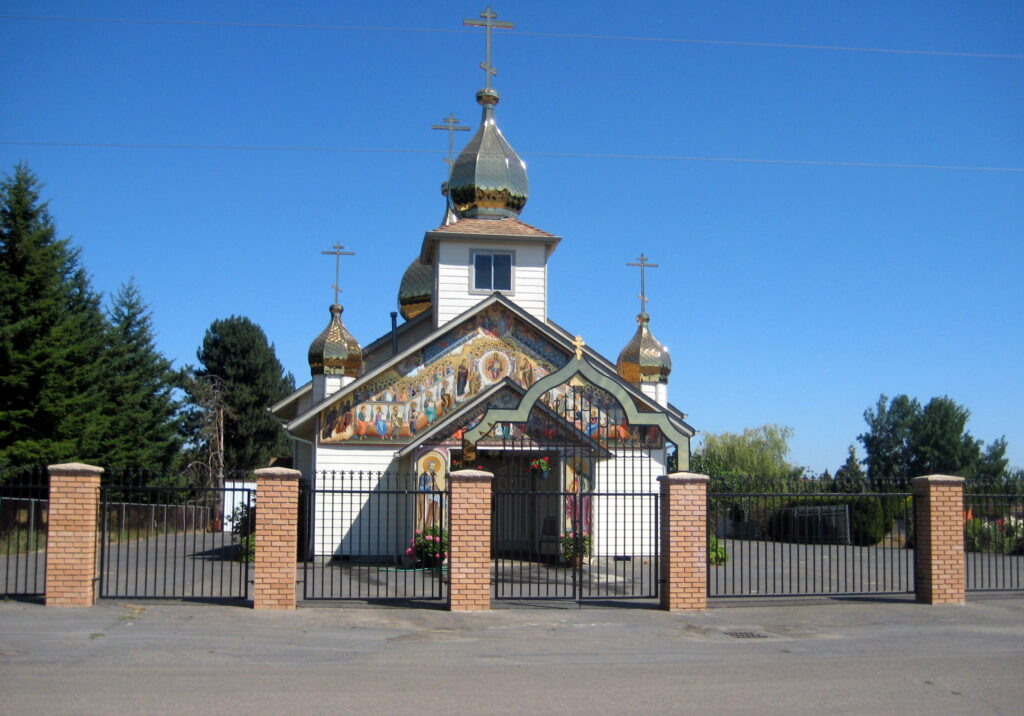
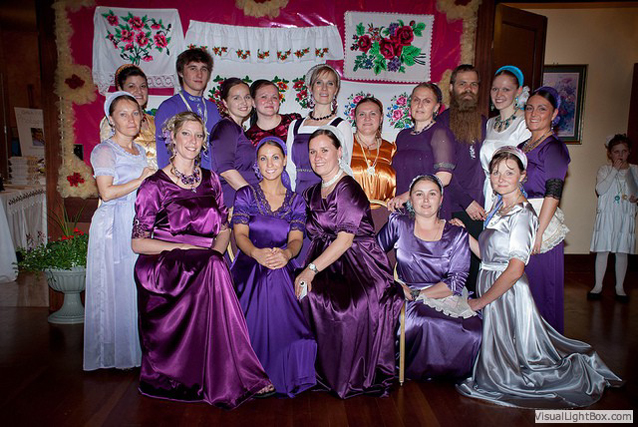
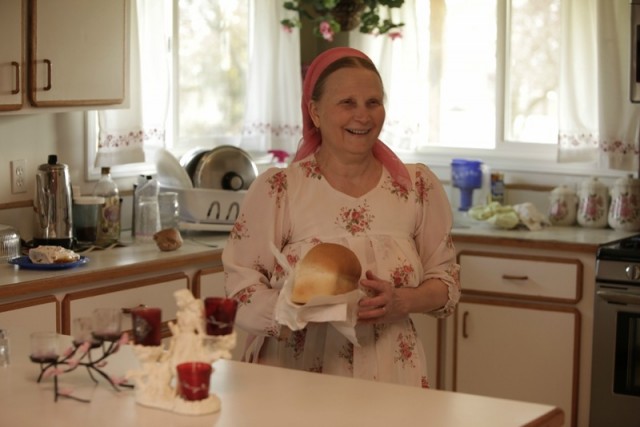
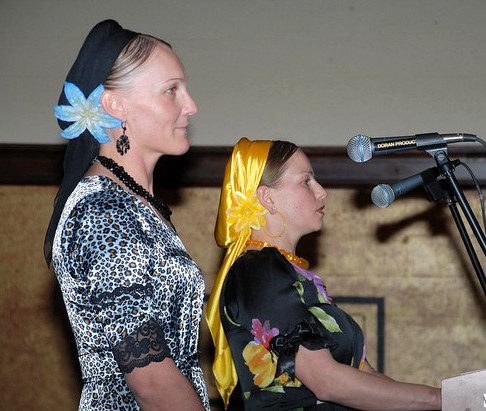

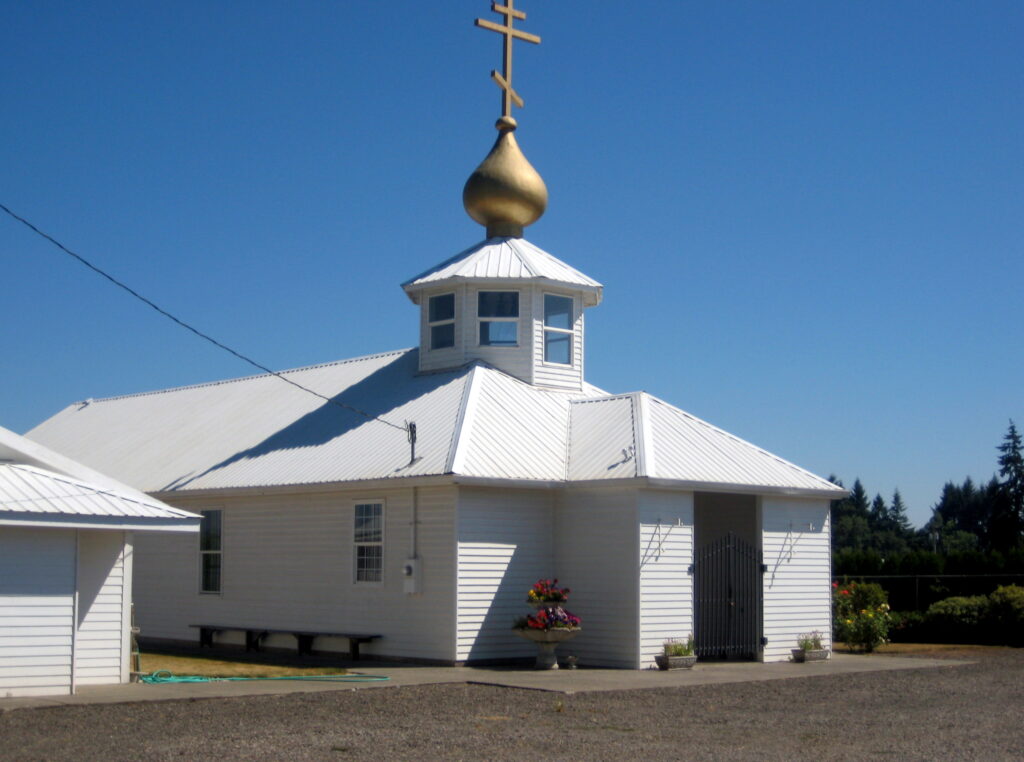
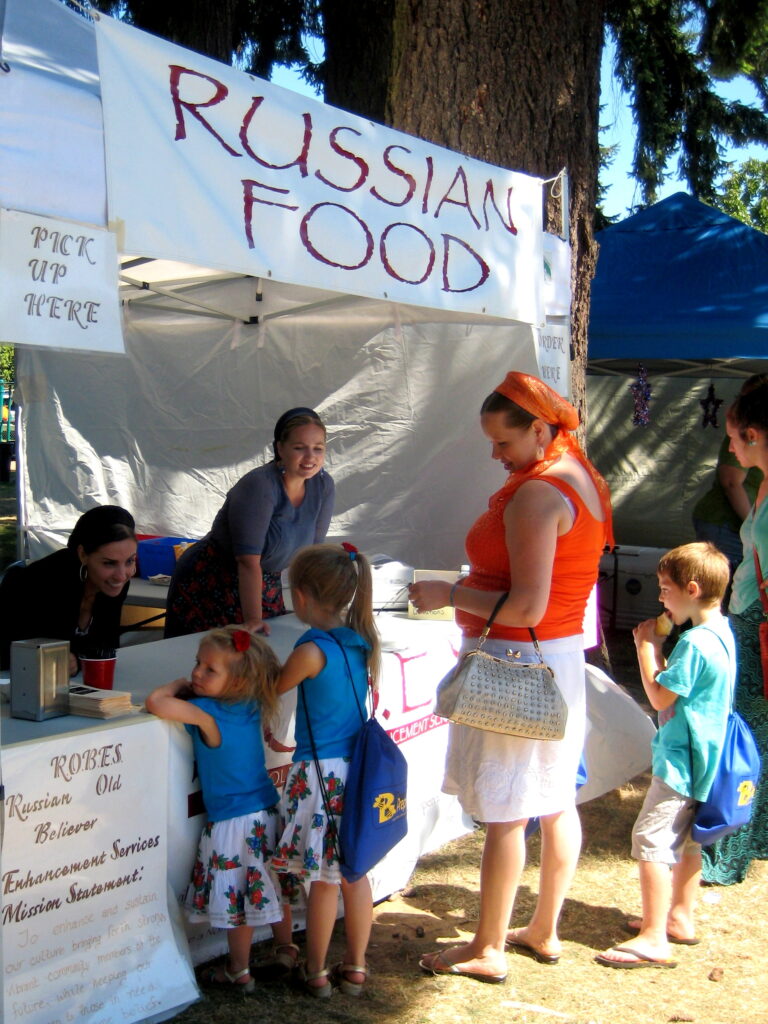
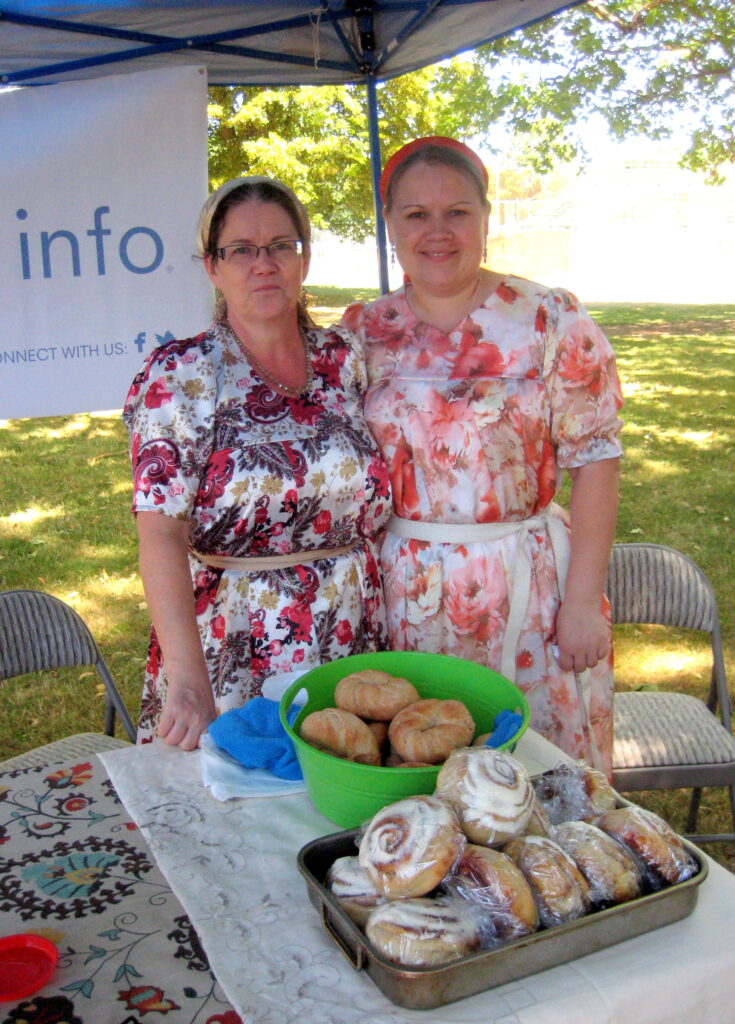
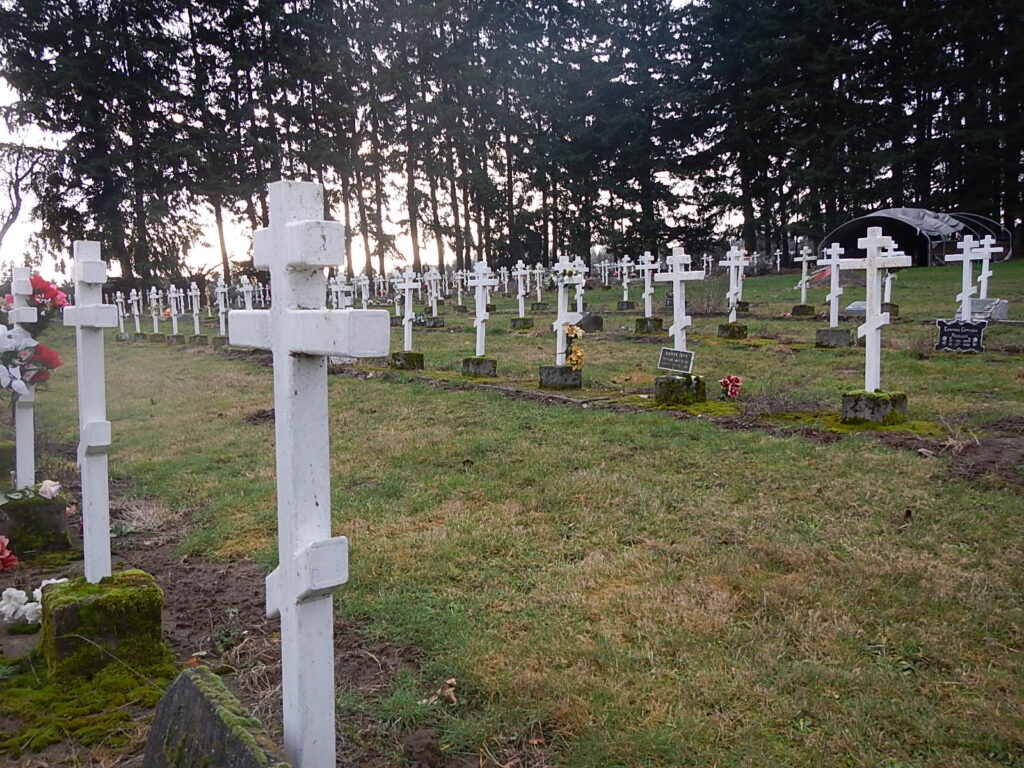
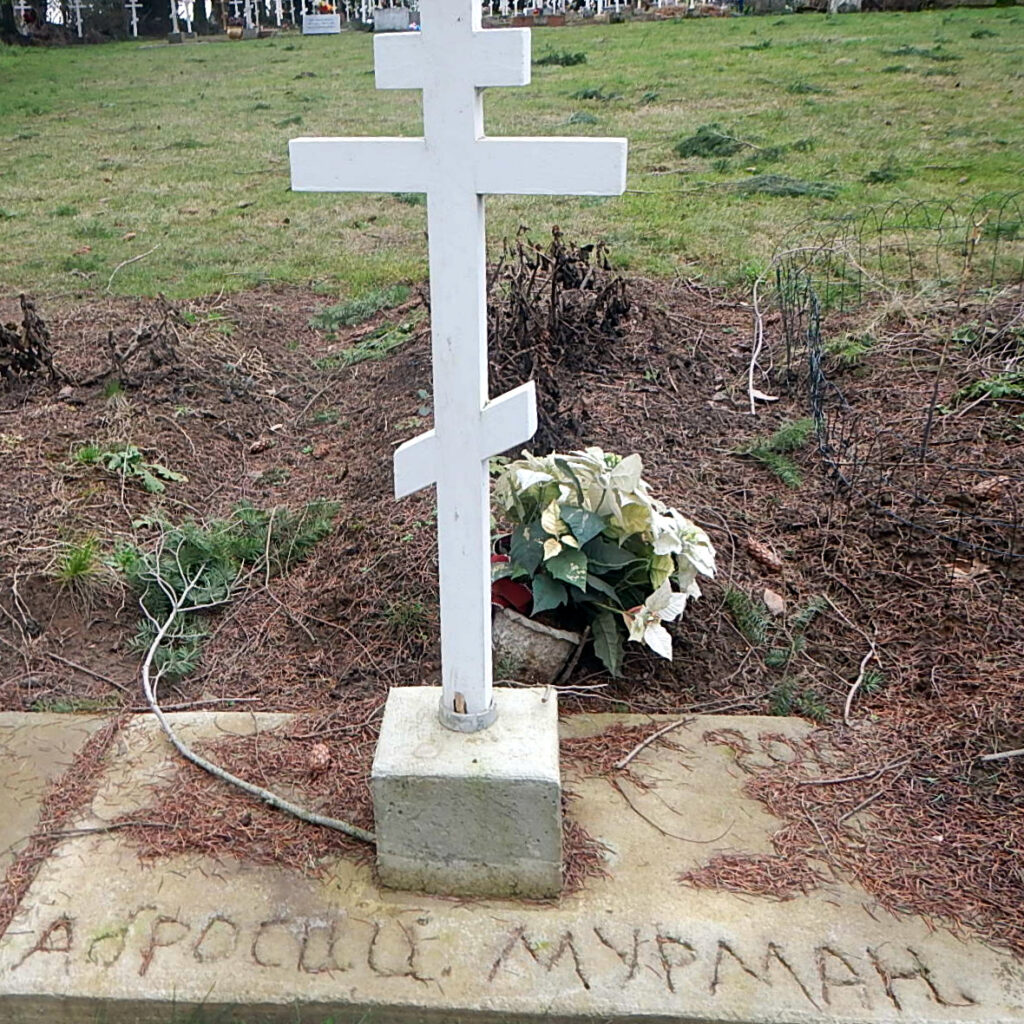
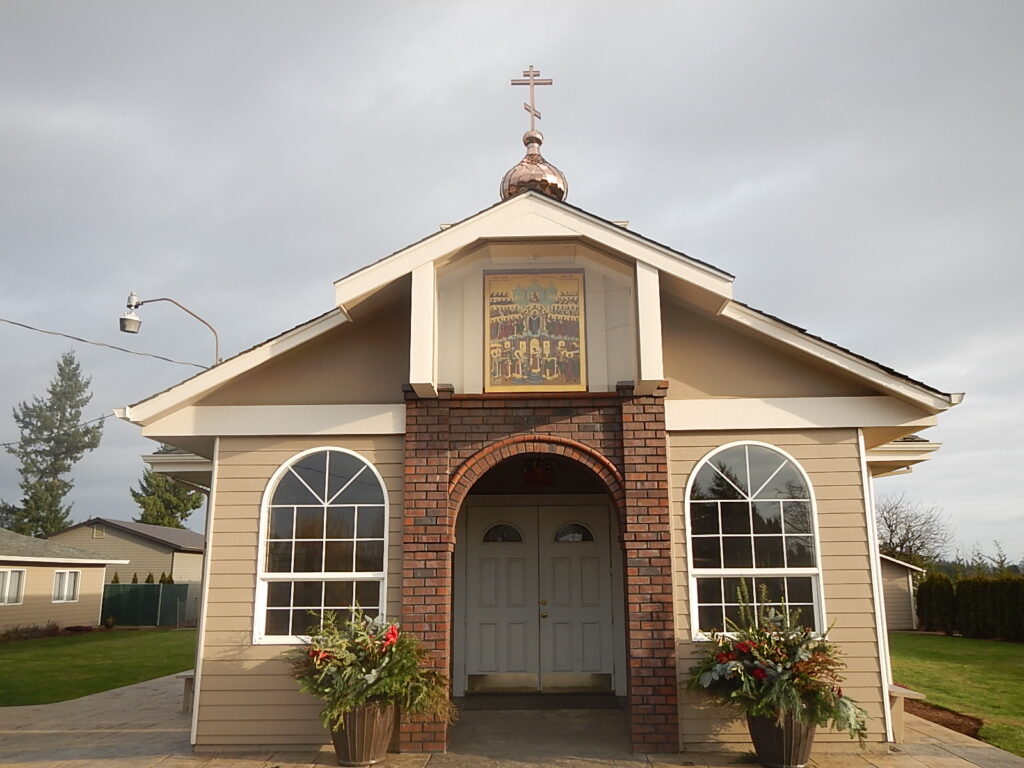
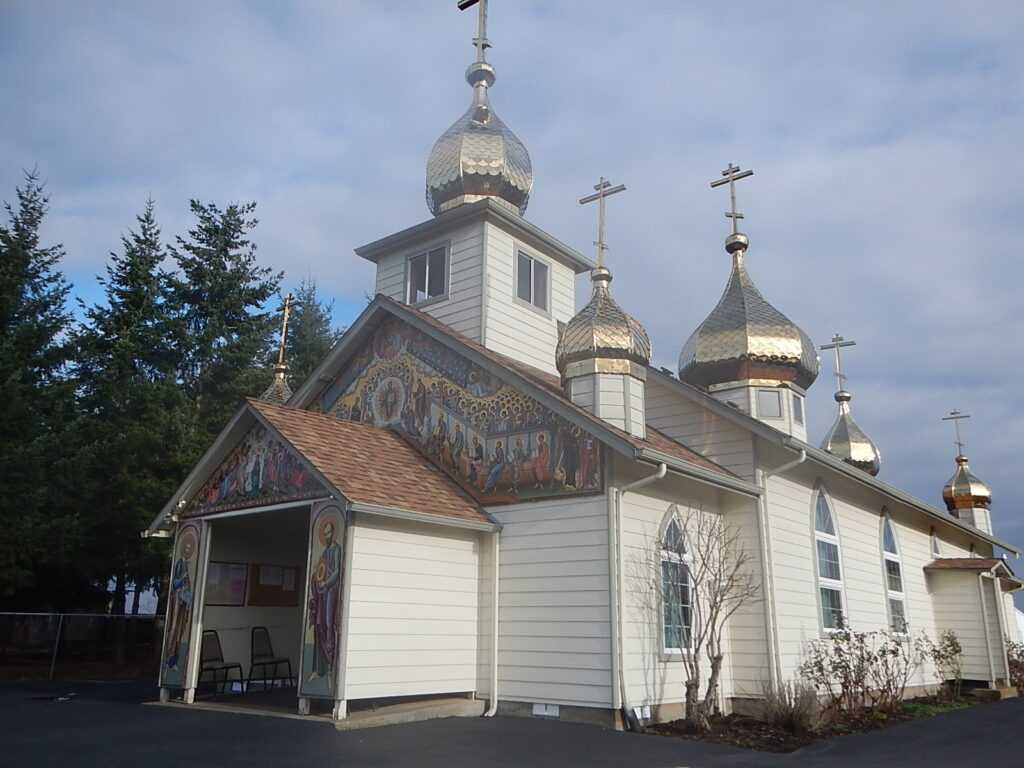

Prayer hall on Bethlehem Rd., Woodburn 